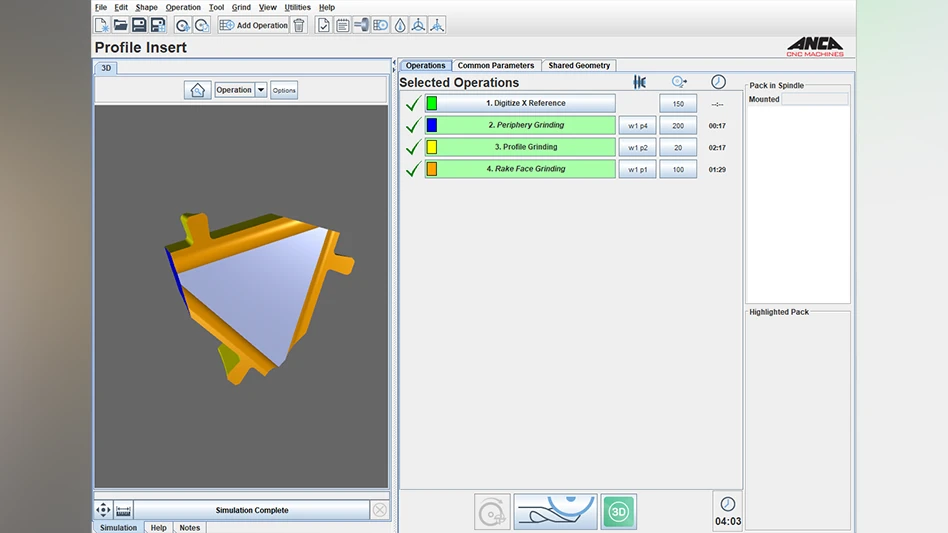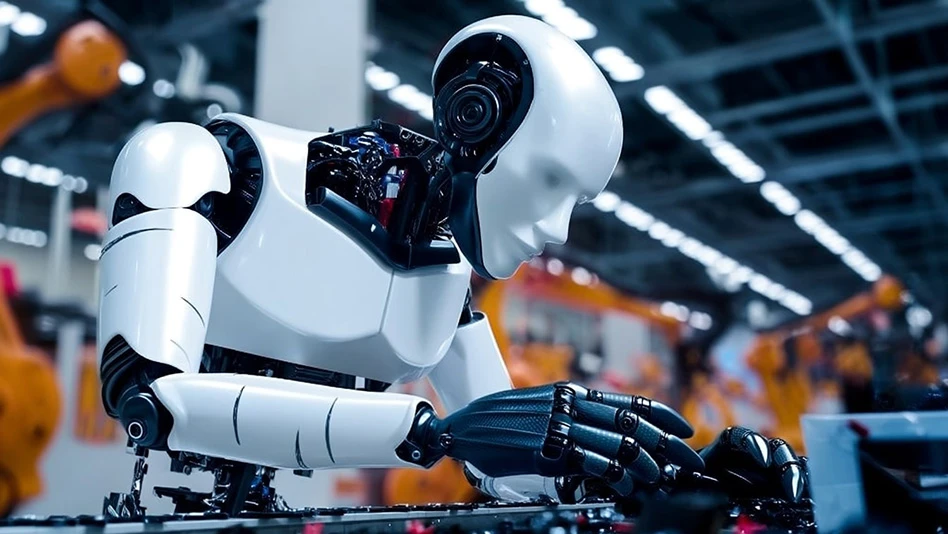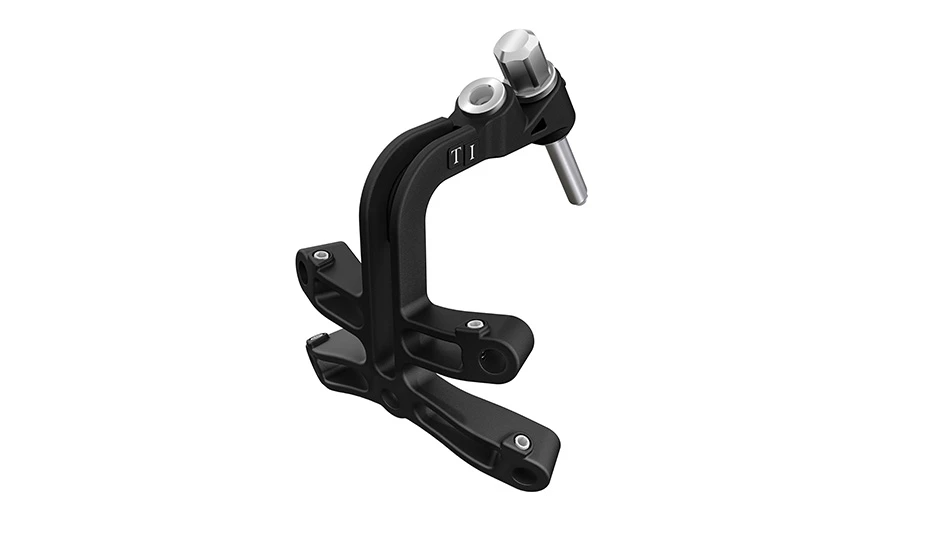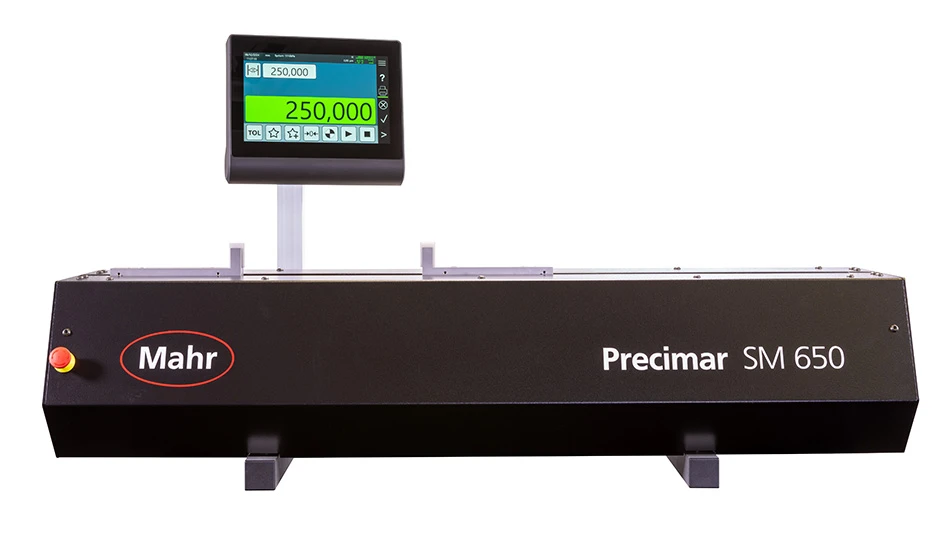
Requirements in the medical industry are much more precise than general machining, so more attention must be made toward the selection of the appropriate toolholder in regard to its features and benefits.
Within the last 10 years, the acceptance and integration of shrink-fit toolholders has continued in aiding in the advancement of the machining capabilities in the North American-based medical industry.
Toolholding for milling machines in general had been often overlooked by most manufacturing facilities throughout North America. The medical industry, however, often has been the first segment of the manufacturing market to look for more precise toolholder options. Due to numerous inherent benefits, shrink-fit toolholders have predominately become the high-accuracy toolholder of choice for the medical market.
A CHALLENGE
The medical industry faces many challenges in which shrink-fit tool holders has proven to provide benefits. Small cutting tool diameters, deep reach needs for clearances on 5-axis machining centers, fine finish requirements, and tough materials to be machined create great obstacles for many medical manufacturers.
In order to address this challenge, the medical shops have been forced to look at their entire process. For example, choosing the correct machine tool for the job is no longer the only consideration. It is important to investigate and decide on the appropriate machine control, CAD/CAM software package, toolholders and cutting tools in order to most efficiently complete the job.
FINDING A SOLUTION
When looking for toolholder solutions for any type of machining, it is always good to first focus on three main features that a toolholder must bring you:
- Rigidity
Rigidity comes from sufficient taper contact and proper clamping of the toolholder in the machine tool spindle.
- Accuracy
Accuracy comes from minimal runout at the cutting edge of the cutting tool.
- Balance
Balance comes from a balanced assembly of the toolholder – including all accessories such as pull-studs – and cutting tool combination.
The requirements in the medical industry, however, are much more precise than general machining, so more attention must be made toward the selection of the appropriate toolholder for the job.
For example, a medical manufacturer often must think of the following:
- Geometry of the toolholder to avoid collisions with the workpiece. Often, deep reaches are required in the part process and often present challenges. Also, with the common 5-axis machining applications in medical, extreme clearances must be taken into account.
- Cleanliness of the toolholder to avoid excessive runout, especially with small diameter cutters.
- Clamping of the cutting tool is often a challenge. Many small diameter cutters must be used in medical machining and, due to the exotic materials being machined, a strong gripping torque is required.
- Extending cutting tool life since high-end cutting tools are needed to obtain the best performance in the shortest time possible. These cutting tools often have exotic coatings that lend to an expensive price.
- Finish. Higher speeds and feeds are used with lower depth-of-cuts, which translates into better surface finishes. This makes balance even more important to minimize vibration at the cutting edge of the cutting tool. Also, proper chip evacuation provides better finishes.
Based on these additional requirements, most medical manufacturers have found that due to inherent benefits, shrink-fit toolholders give them the best opportunity to competitively and accurately accomplish the job. Additionally, the evolution of inductive shrink-fit machines has made the shrinking process easier, quicker, safer and less costly to invest in this technology up front.
SHRINK-FIT ADVANTAGES
There are 10 inherent benefits that a good shrink-fit chuck can offer a medical manufacturer:
1. Unsurpassed accuracy – A properly produced shrink-fit chuck should be able to guarantee 0.00012" (3µm) maximum runout at three times the cutting tool diameter. This accuracy is very repeatable from operator to operator.
2. Availability of slim profiles – Shrink-fit chucks are available with three-degree draft angles and very slim profiles. They can also be modified to be straight walled, if needed, in order to prevent toolholder collision with the workpiece.
3. Gripping torque – A shrink-fit chuck grips the cutting tool 360º around the shank. This leads to a very high gripping torque that prevents the cutting tool from moving during roughing or finishing operations. This greatly aids in the reduction of scrapped parts.
4. Extended reach options – Shrink-fit chucks can utilize shrink-fit extensions, which provide the user with many options with standard products. When machining deep cavities, one can place shrink-fit extensions into standard shrink-fit chucks, getting unsurpassed toolholder lengths with very little runout. This is very beneficial for 5-axis machining as well.
5. Balance repeatability and balanceable options – Shrink-fit chucks offer the best balance repeatability of any toolholding system on the market since there are no moving parts. In many cases, if a shop purchases a properly-balanced shrink-fit chuck with correct accessories (such as pull-studs) and uses good cutting tools without inherent unbalance (such as flats) then they can often have good balance characteristics for running at high speeds without doing an additional fine-tune balancing. Of course, if there is a need for additional balancing of the toolholder on a balancing machine after the assembly of the toolholder setup (toolholder, plus cutting tool, plus pull-stud or coolant tube) then many shrink-fit chucks on the market come with simple-to-use balanceable options already built into the chucks.
6. Reduction of toolchanging time/less toolholder accessory inventory – Nothing beats the tool change time of shrink-fit chucks if the process is joined with a capable inductive shrink-fit machine. Tool changes can be done in five to 10 seconds, and most important, consistently. This allows the toolholder assembly to be in the machine, making chips more of the time, than out of the machine waiting to be changed. Also, a shop needs very little additional toolholder accessory inventory (i.e., collets, nuts, seal disks, etc.). This simplifies the process.
7. Cleanliness of setup – A shrink-fit chuck is typically a sealed system by design. Therefore, the introduction of contaminates in the bore are minimized (such as graphite dust or chips). If contaminates are introduced to the bore of a toolholder, often times runout accuracy is compromised.
8. Coolant options – Shrink-fit chucks often have clever methods (such as the “Cool-Jet” offering) to deliver coolant or air/oil mist down to the cutting edge of the cutting tool. This helps with the proper removal of chips and can also aid in providing better finishes. In addition, if a medical manufacturer does high precision drilling, a shrink-chuck makes an excellent holder for coolant-through drills, since no accessories or special collets are needed – the sealed design of the toolholder simply allows the coolant to flow through the cutting tool.
9. Consistency of setup – Shrink-fit holders provide the best repeatability from toolholder setup to toolholder setup. This is especially beneficial for those shops running lights out. For example, all toolholder setup operators set the toolholders the same with shrink-fit holders. There are no variables – such as over-tightening or under-tightening a collet nut or not cleaning out a chuck sufficiently. Also, as mentioned the balance characteristics are the most repeatable. This combination of consistency allows a shop to truly monitor their tool life and understand how many parts they can machine with each toolholder setup – again, this is truly an important part of getting to the point of lights out machining.
10. Availability of shrink-chucks – Most of the major toolholder builders in the world now offer shrink-fit chucks as a standard. Therefore, medical manufacturers are not roped into proprietary high-precision collets or press-fit systems that sometimes are only available from one manufacturer.
SELECTION
While there are many suppliers of shrink-fit chucks available, there are good and bad shrink-fit chucks available. It is important to do research related to the selection of a toolholder for your particular application.
Typically, the initial purchase of your toolholders will last the life of your machine tool. Studies have found that the overall expense of toolholders equals less than 0.5% of the overall machining process during the life of the machine tool.
The relationship between the bore of the holder and the taper is what leads to the accuracy of the chuck. It is important to choose a company that truly makes their own product and specializes only in the production of toolholders. This guarantees you the most consistent and accurate toolholder available for your job.
The material of the shrink-fit chucks is also a key element in making the correct selection. If a substandard material is used, one might shorten the life of the shrink-fit chuck based on limited heating cycles. A shrink-fit toolholder, made of the correct material, should remain effective indefinitely.
Also, it is important that the chucks subscribe to the DIN standards on the nose dimensions so that all cooling options from the shrink-fit machine side can be utilized.
In general, it is recommended to purchase chucks with many “options” built-in – such as balanced so that there is under 1gmm of unbalance in the chuck, balanceable design, bore for the data chip, form “DIN B” coolant delivery option, etc. – so that you are not limited in the future as your operation evolves.
Finally, the company making the chucks should be an industry leader, constantly putting further efforts into research and development into new toolholding concepts that can further strengthen the role of shrink-fit toolholders in the mold market.
For example, the recent development of a shrink-fit chuck that provides an anti-vibration feature in a shrink-chuck. This feature helps dampen the vibration during roughing operations that at one time had occurred with standard shrink-fit chucks due to the extreme rigidity of the setup.
SUMMARY
It is often stated by shop owners and plant managers that shrink-fit tooling has been the best investment they have made in the past five years. Acceptance of the use of shrinking technology in the medical market has played a vital role in strengthening North American manufacturing capabilities and preparing it for continued growth.

Explore the January February 2009 Issue
Check out more from this issue and find your next story to read.
Latest from Today's Medical Developments
- Arcline to sell Medical Manufacturing Technologies to Perimeter Solutions
- Decline in German machine tool orders bottoming out
- Analysis, trends, and forecasts for the future of additive manufacturing
- BlueForge Alliance Webinar Series Part III: Integrate Nationally, Catalyze Locally
- Robot orders accelerate in Q3
- Pro Shrink TubeChiller makes shrink-fit tool holding safer, easier
- Revolutionizing biocompatibility: The role of amnion in next-generation medical devices
- #56 Lunch + Learn Podcast with Techman Robot + AMET Inc.





